California Gardener's September Checklist
http://decor-ideas.org 09/02/2013 03:30 Decor Ideas
It's pretty safe to say that fall, more than any other season, is what distinguishes California gardening from anywhere else. Notice I'm not talking about the weather. In much of the U.S. and around the world, September and early fall often deliver the year's best weather. What I'm talking about are California's distinctive planting opportunities. From Labor Day through Thanksgiving, and even later, you can do so much — from planting a few pots of flowers for your deck to laying the foundation of your entire landscape. Here are reminders — a fall planting primer — of all that you can get done starting right now.
More regional garden guides
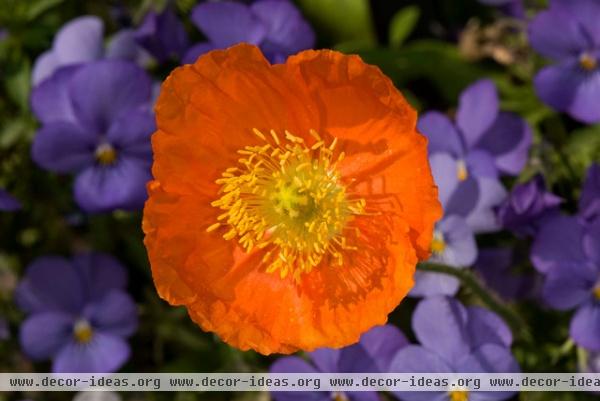
Plant now for blooms fall through spring. It's one of mild California's privileges: If you get them in the ground early enough, a good number of annual flowers can start blooming as early as Thanksgiving and will continue through winter into early spring. These include Iceland poppies (shown) and other cool-season annuals, such as calendulas, pansies, snapdragons, stock and violas.
The target date for setting out cool-season annuals in most California climates is September 20; hold off for a couple more weeks in hot inland climates. And postpone planting if a hot spell is coming on.
Most cool-season annuals need full sun. Make sure you choose a spot that will remain sunny as the sun's angle changes through the winter. Provide temporary shade during extra-hot weather in early fall.
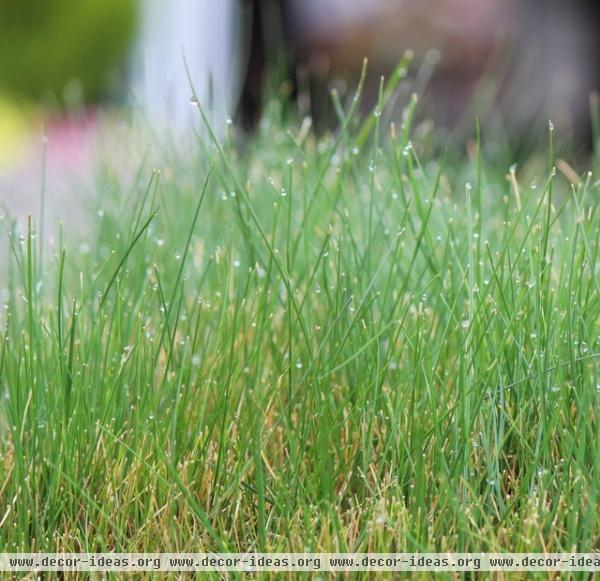
Save water with a new lawn. If you're thinking about planting a lawn soon (fall is the best time to start), consider some of the newish less-thirsty types, including California native grasses.
'Native Mow Free', shown here, is a mix of several types of fescue grasses that take some shade as well as full sun. It can be mowed for a regular turf look or left unmowed for a shaggy, lumpy look. It's best to mow it at least a couple times a year. It works well on a slope. It is not a good play lawn.
Whether you start with seeds (cheaper, but more demanding of weed control) or sod (correct watering is not as simple as it looks), the key and most arduous step is preparing the ground.
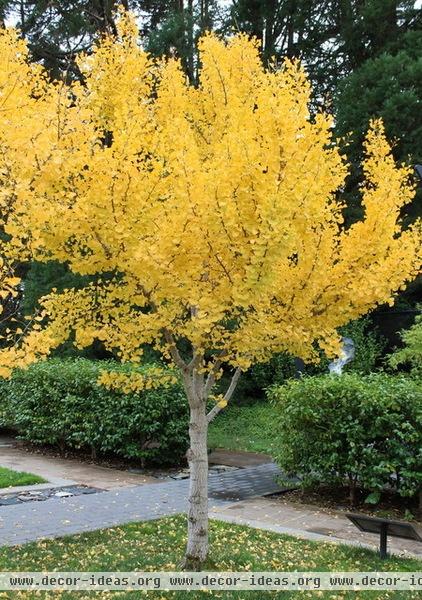
Schedule some of that big-deal planting. Fall is also a great time to tackle major landscaping — putting in shrubs, ground covers, trees and vines — just about everything except frost-tender types.
While you're planning, why not look for fall-color trees now beginning to perform? Think about how you use and view your garden. Do you want fall foliage early or late? With the right selection, you can have plants in color, even in mild California, from October to Christmas.
Pistache and liquidambar trees generally turn color on the early side. Japanese maples turn early or midseason, depending on the variety and how much sun and moisture they receive. Persimmon tends to be late.
Ginkgo, shown, also called maidenhair tree, colors up so late that you may be out of the fall mood and thinking about the holiday season, but it's an outstanding all-around tree. Green leaves shaped like those of maidenhair fern turn buttery yellow or golden all at once, and after a couple of weeks drop all at once — like a carpet on the lawn or sidewalk. The tree is large, handsome and generally problem free.
Botanical name: Ginkgo biloba
USDA zones: 3 to 8 (find your zone)
Water requirement: Moderate; can grow in a lawn. The soil should be well-drained.
Light requirement: Full sun, although partial shade is often OK
Mature size: 35 to 50 feet high (can be taller) and 15 to 40 feet wide, depending on variety; some varieties are more compact or spreading
Growing tips: Unnamed trees grown from seeds may be female and produce a mess of stinky fruit. Make sure you choose a named variety, such as ‘Autumn Gold’, ‘Saratoga’ or 'Pendula'.
More about growing ginko trees
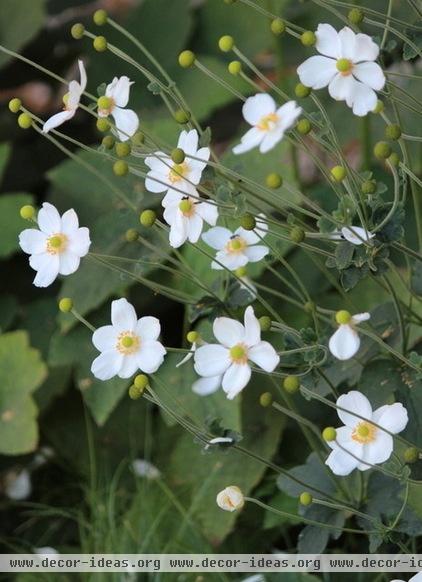
Stage a late show with perennials. This is a great time to plant perennials for next spring and summer, including campanula, columbine, coreopsis, gaillardia, penstemon, salvia and yarrow.
Don't overlook Japanese anemone, a perennial with some uncommon claims to fame: It blooms in fall, takes shade and is easy to grow. The flowers are a stunning glistening white (shown here) or pink or rose. The growth tends to be rangy. It's best to put plants at the back of a bed or border, or against a fence or wall, where floppiness won't matter.
Common name: Japanese anemone
Botanical name: Anemone hupehensis (A. hybrida)
USDA zones: 4 to 9
Water requirement: Moist but well-drained soil
Light requirement: Full sun to partial shade
Mature size: 1 foot to 5 feet high
Growing tips: Be prepared to stake tall plants. Clumps can spread widely; divide the roots in fall or spring.
More about growing anemone
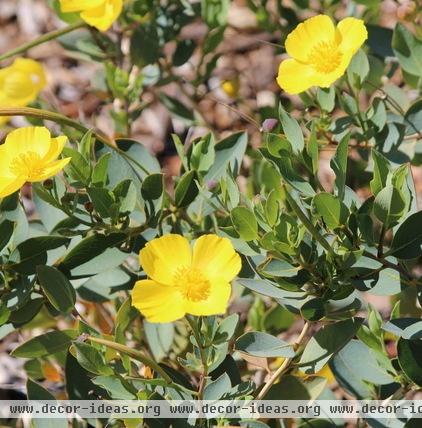
Natives are waiting. California native plants, of course, are wired to be in sync with our upside-down seasons. Planted in fall, they're programmed to start putting on major growth when the winter rains come, perform in spring and mostly shut down in summer, when water is scarce. One unsung native that performs on cue is bush poppy (shown), a bright yellow evergreen shrub that shares worthy attributes of other dependable Californians such as manzanita and ceanothus. It needs no water when established, has few or no problems with pests or diseases, and blooms for a long season, mainly in spring but even stretching into summer. Like other natives, it can look a bit wild, but it can stand pruning for the sake of neatness.
Common name: Bush poppy
Botanical name: Dendromecon rigida
USDA zones: 8 to 10
Water requirement: Light; no irrigation needed after the plant is established
Light requirement: Full sun
Mature size: 4 to 8 feet tall and 4 to 6 feet wide.
Growing tips: Plant it on dry slopes in the company of other natives. Make sure the soil drains well. Unlike many natives, it can be pruned; cut it back to as low as 4 feet after bloom.
More California native plants
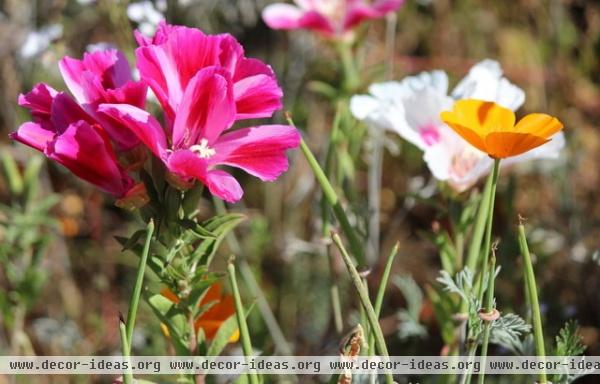
Start slowly with wildflowers. Another California myth: Scatter some wildflowers seeds and you get a blue and gold spring meadow. California wildflowers are clearly wonders of nature but are not miracle workers. But choose the right species, do the preparation, plant at the right time and get a break from the weather, and you can have blooms to treasure next spring. One suggestion: Start small and slowly, with the easy combination shown here: pink farewell to spring (Clarkia) and California poppies.
It's usually best to sow wildflower seeds in November or even later, when the rains may be near. Choose a spot in full sun. Prepare the ground by tilling or at least by raking it roughly. Try to cover the seeds with soil or mulch to help them stay moist for sprouting. Sprinkle with water and keep the seeds moist, if you can, until the rains come. A great source of planting advice, as well as seeds, is Larner Seeds.
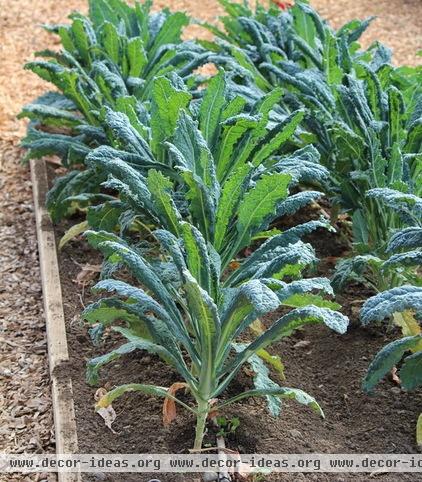
Grow some soup and more. Kale salad never did it for me — I just didn't understand what the buzz was about. Now I get it. Kale is great in classic Italian soups such as minestrone and ribollita. To be authentic, try 'Lacinito' or dinosaur kale (shown), so named because its leaves are like rough skin.
Kale is one of many leafy green crops to plant from seeds or seedlings in early fall. Others include lettuce and spinach. You also can plant cruciferous vegetables, such as broccoli, cabbage, cauliflower and Brussels sprouts. Good luck with Brussels sprouts unless you live at the beach and really know what you're doing.
For cool-season vegetables, make sure you choose a spot that gets full sun all winter. You can start these from seeds sown directly in the ground now or soon: beets, carrots, peas, radish, spinach and Swiss chard. Set out transplants of broccoli, Brussels sprouts, cabbage and cauliflower. In hot inland climates, wait until the weather cools later in the month. If you plant kale seedlings early in the month, you can even get a good fall crop.
How to grow cool-season vegetables
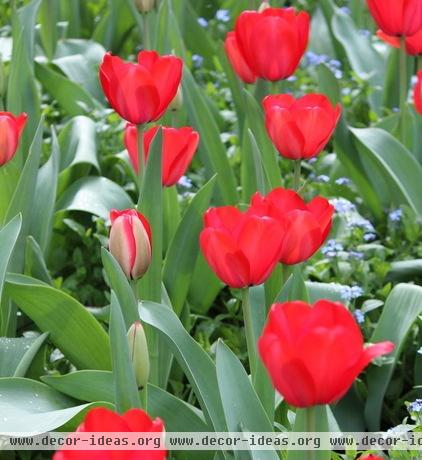
Make your bulb plans soon. How could something this beautiful be so easy? Old favorite spring bloomers include crocuses, daffodils, freesias, hyacinths, and tulips. Now's the time to choose and buy spring bulbs for fall planting; as a general rule, look for the fattest bulbs (much more productive than cheaper scrawny ones).
No hurry on planting, though. Wait until October or November to plant, especially in hot climates. Chill tulip and hyacinth bulbs before planting them; place the bulbs in a paper bag and keep them in the refrigerator for six weeks.
Growing bulbs in mild California is definitely different. More info on growing bulbs in warm climates
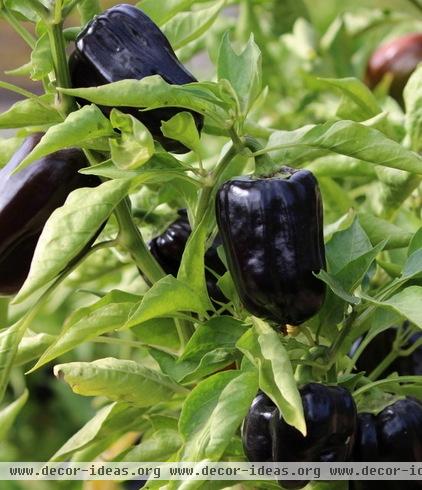
What Else to Do in September in Your California Garden
Focus on harvesting summer treats such as peppers, squash and tomatoes. You can also start laying the groundwork for a productive fall planting season.
Keep the veggies coming. Harvest tomatoes, squash and beans as soon as they're ready — unless you're going for a supersize zucchini as a trophy or to stuff and bake.
Stretch the season for summer flowers. Keep blooms coming by pinching off faded flowers of annuals such as marigolds and zinnias. Keep plants well watered. Continue feeding monthly or every two weeks.
Continue watering. During such a dry year, this can be a crucial time even for established shrubs and trees. Check for soil moisture by probing with a trowel or shovel. Established natives and other drought-resistant plants should be OK.
Encourage roses. After roses finish their early fall bloom, try for more blooms by cutting off old flowers, watering thoroughly and fertilizing.
Revive your lawn. After a summer slump, irrigate thoroughly — at least an inch of water a week for a typical bluegrass lawn; less for more drought-resistant types. Fertilize with a complete lawn food.
How to give your lawn a fall tune-up
Divide crowded perennials. This will improve performance next spring and multiply your supply of plants such as agapanthus, penstemon, Shasta daisy and candytuft. Dig up root clumps, cut them into planting-size sections and replant in beds replenished with organic matter such as compost.
Prepare planting beds. Get planting beds ready for fall planting. As a rule, for beds of annuals and perennials, add 2 to 3 inches of organic matter and work it in to a depth of a foot or so.
Dig planting holes. If you’re planting good-size shrubs and trees, moisten the area a day or two ahead. Dig a hole at least several inches deep and as wide as needed, and fill the starter hole with water several times that day. Let it soak in for a couple of days and dig again to the full depth when you plant.
See what to do in your U.S. region this month
Related Articles Recommended












